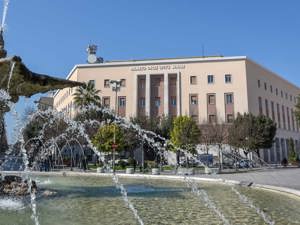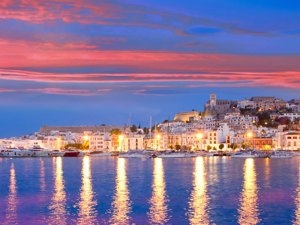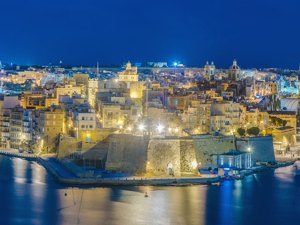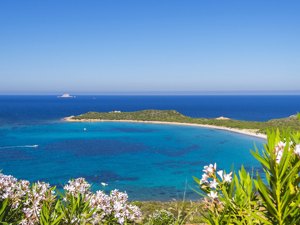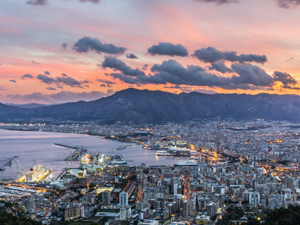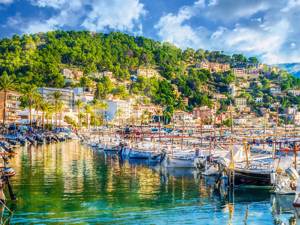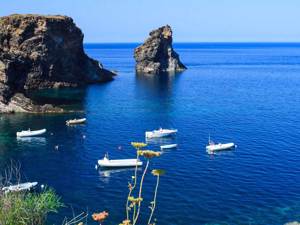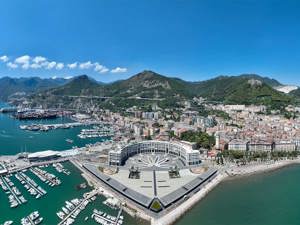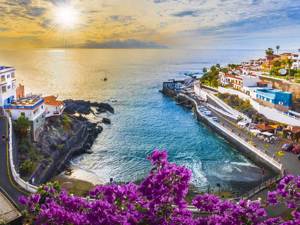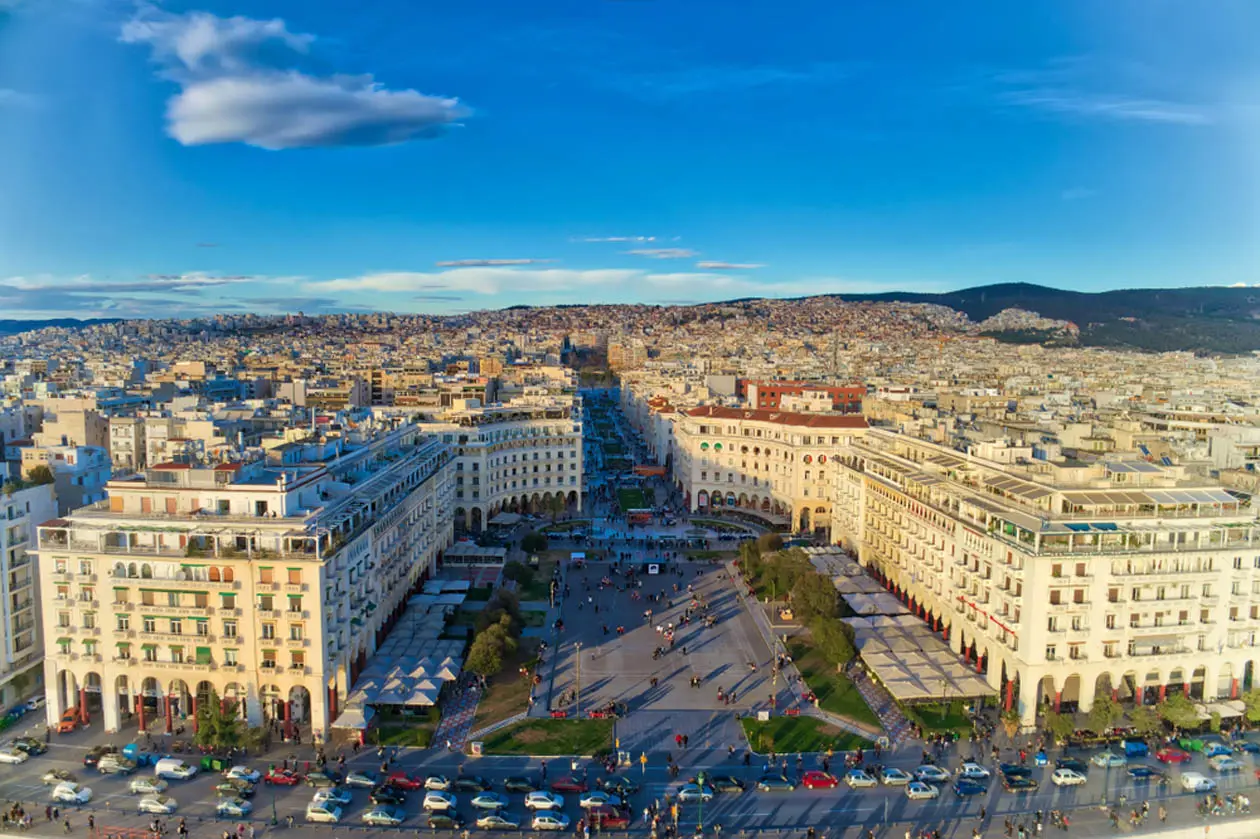
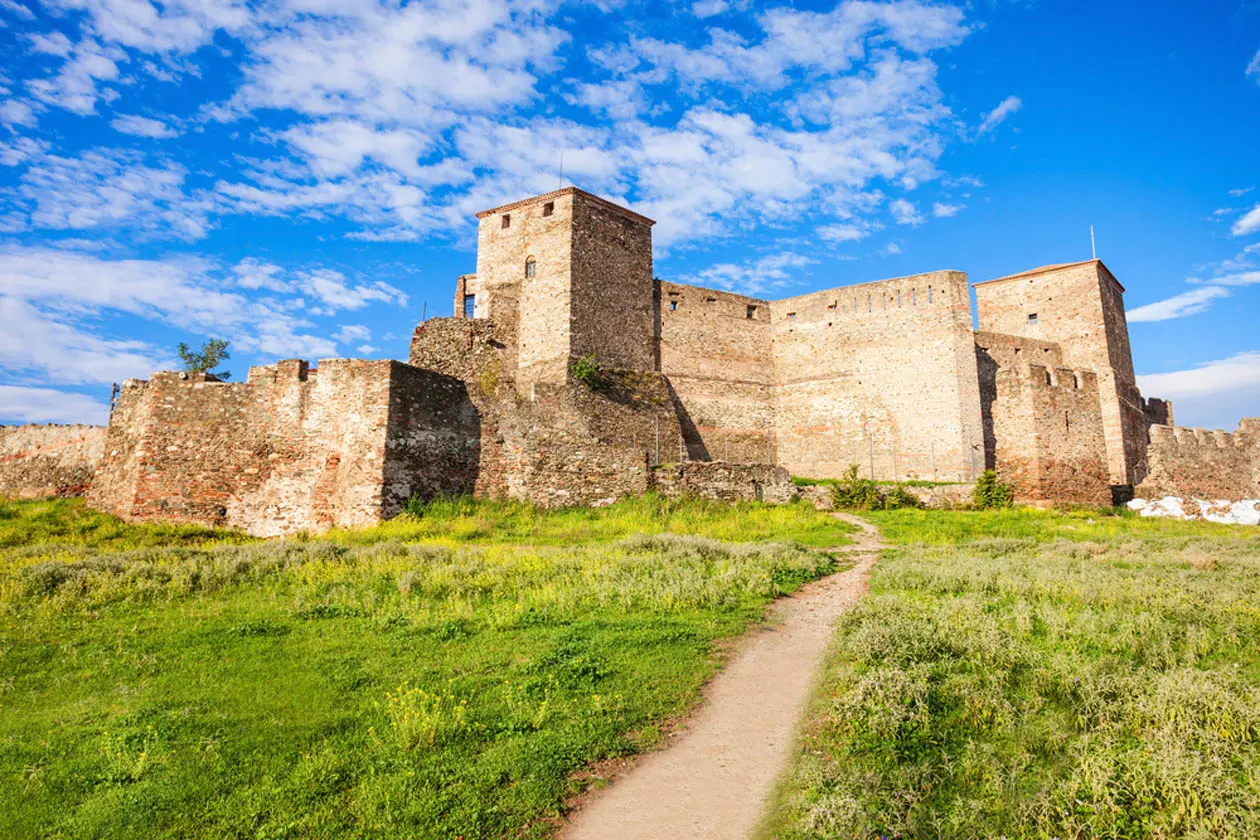


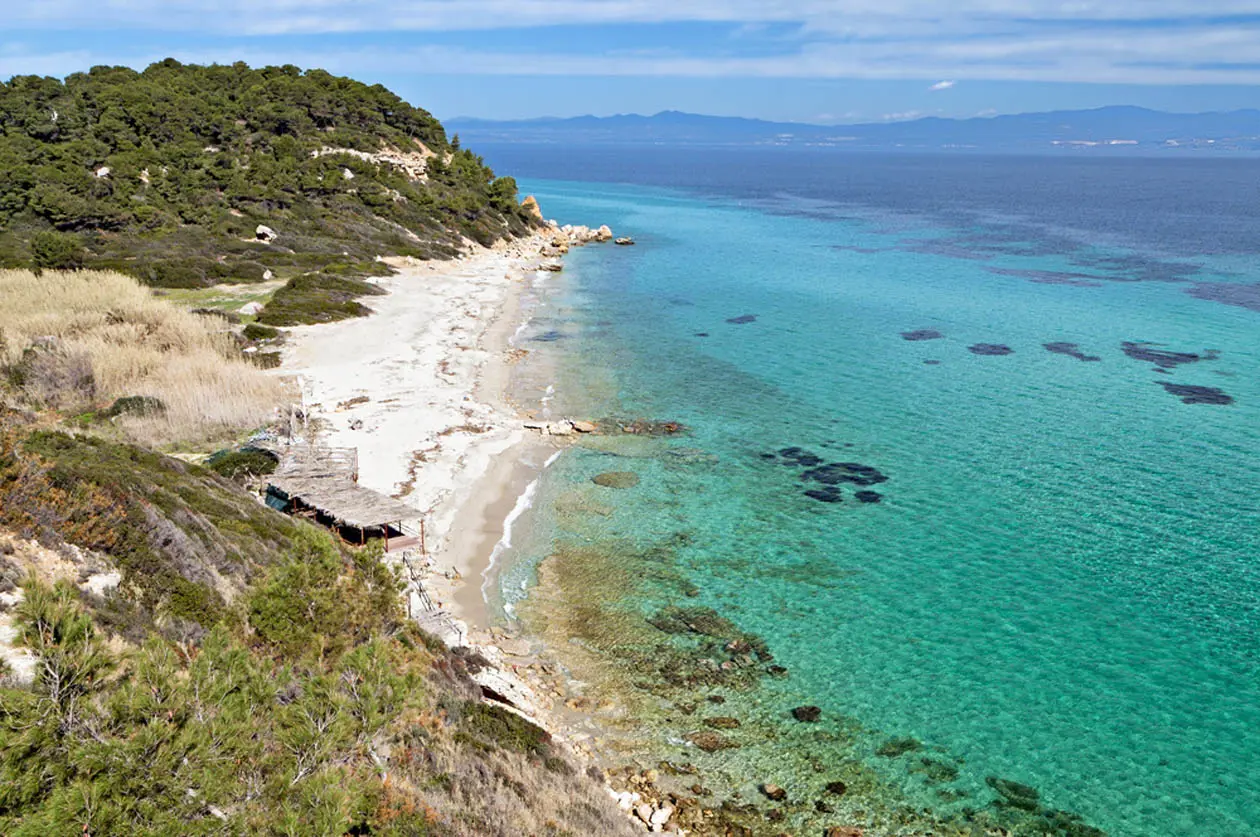
www.thessaloniki.travel
www.visitgreece.gr
Partnership with Booking.com

Thessaloniki is a welcoming city and offers different possibilities for accommodation.
To find the ideal hotel and the best offers you can do a search for the stars but also for districts or landmarks.

This is one of the oldest buildings in the city and it was erected around 300 A.D. by Emperor Galerius as a temple either of Cabeiros or Zeus. The interior of the monument is striking and the huge space beneath the vast dome inspires a sense of awe in the visitor. TheRotunda (also known as Agios Georgios) is a massive round building that was first a Roman mausoleum, then a Christian church and then a mosque.

It is the symbol of Thessaloniki and it was built in the 16th century as a part of the fortifications. It has a total height of 30 metres and a diameter of 70 metres and it consists of 6 floors. In the Ottoman period, the White Tower was a notorious prison and place of execution. In 1890, the tower was whitewashed by a convict in exchange for his freedom. Inside the White Tower, there is now a museum where visitors can enjoy a digital reconstruction of the city’s history.

Only a section of the actual palatial complex survives today but the atrium, the basilica, the octagon-throne room allow us to understand how the large palace was. It was built on the verge of the 3rd to 4th century A.D. and it occupied the area between the main Galerian Palace and the eastern part of the fortification wall of Thessaloniki. It is estimated that its total area amounted to about 30,000 square meters and its length ranged between 400 to 500 square meters.

The Ancient Forum was the administrative centre of ancient Thessaloniki. Its construction began at the end of the 2nd century A.D. And in the double portico of the southern wing were shops which could be reached through a commercial street. The residents of Thessaloniki used to gather at this place in order to attend lectures of their fellow townsmen and local courts open to the public or to discuss political and philosophical issues.

The Arch of Galerius, known to the people of Thessaloniki as the Kamara was erected at the intersection of the Via Regia, the main road artery crossing the city from east to west, and the processional route which linked the palace to the Rotunda. The arch was built in 298 to 299 and dedicated in 303 to celebrate the victory of the tetrarch Galerius over the Sassanid Persians. The structure was an octopylon forming a triple arch.

It is the church of the patron saint of Thessaloniki and it was built above the ruins of the roman baths on the site where St. Demetriusmet a martyr’s death. The relics of the saint are kept inside a silver reliquary beneath a replica of the original ciborium. In the crypt of Saint Demetrius, beneath the altar, we can visit the Roman baths in which the saint is traditionally supposed to have martyred.

The Archaeological Museum of Thessaloniki is one of the most important museums of Greece. The museum features a permanent exhibition of archaeological relics of Archaic, Classical, Hellenistic and Roman periods from the city of Thessaloniki and the wider area of the region of Macedonia. The new Museum was inaugurated in 1962 in a grand ceremony, exhibiting the impressive finds from the Derveni tombs, which had been found in the same year.

The Museum of Byzantine Culture in Thessaloniki is the first museum in Greece to be awarded in 2005 the Prize of the Council of Europe. We can visit 2,900 artefacts, organised in display units which narrate, in chronological order, "short stories" that present, in a comprehensive and pleasant way, aspects of Byzantine art and culture of Thessaloniki, the second in significance city of the Byzantine Empire, and of Macedonia.

Mount Athos (Agion Oros) is a unique self-govered monastic state in Nothern Greece, situated at the Chalikidiki peninsula. It is the centre of the Orthodox monasticism. The monastic community of Athos with a thousand year history, is a place of national, historial, religious and cultural value. Mont Athos is also known as “The garden of Blessed Virgin” since Virgin Mary is believed to be the only female ever to have set foot in these holy land.

Kaimáktsalan ski resort occupies the northeastern slope of Mt. Voras and it is situated 135 km from the capital Thessaloniki. The view from the mountain is amazing, since you can see as far as Thermaikos Gulf, the peak of Mt. Olympos, and Lake Vegoritida. The ski centre is equipped with 6 ski lifts and 13 ski runs, 15 km in total length (4 red, 4 blue, 3 beginners and 2 langlauf slopes), and 4 ski trails of 3,250 metres in length.


























